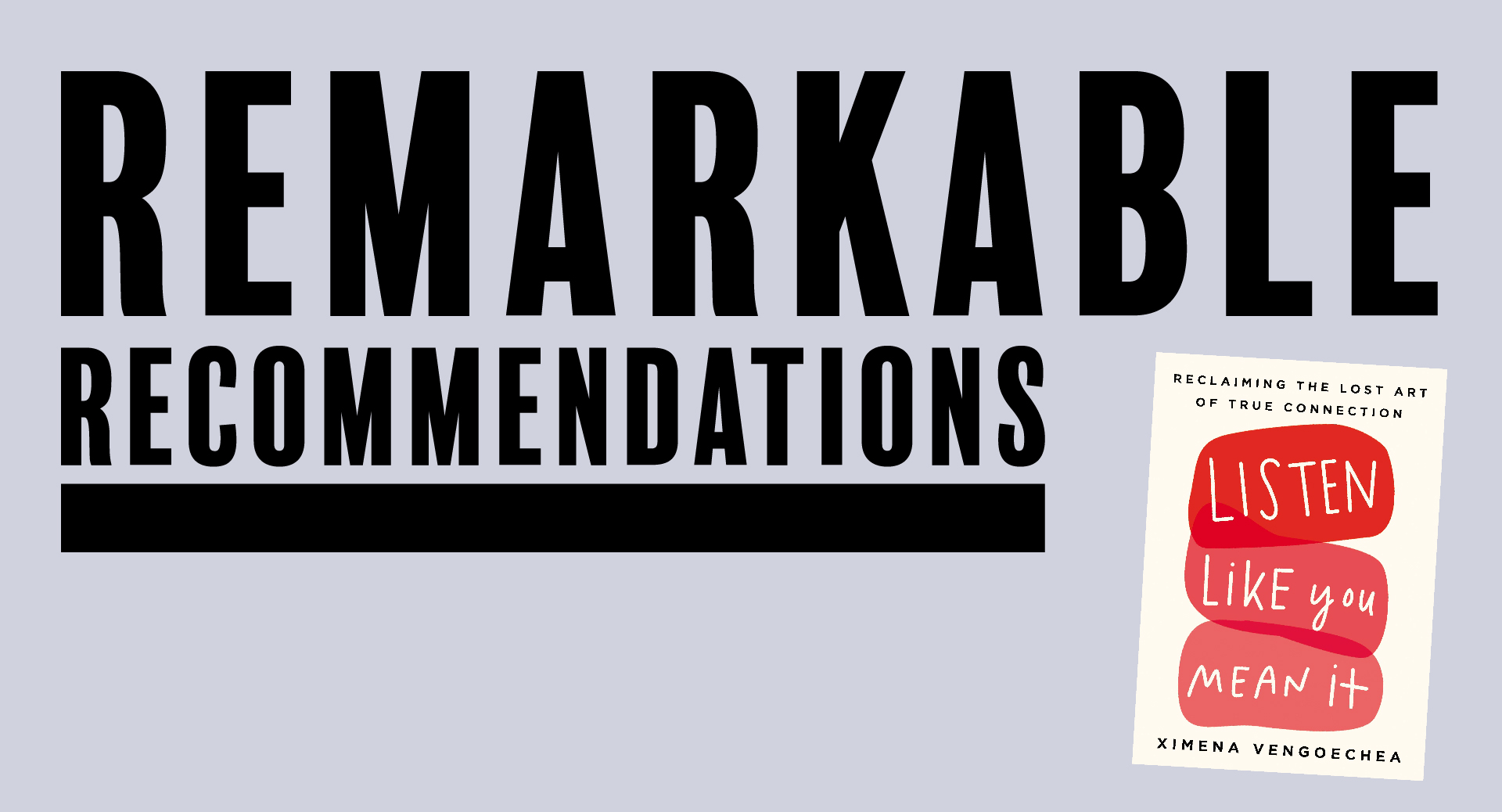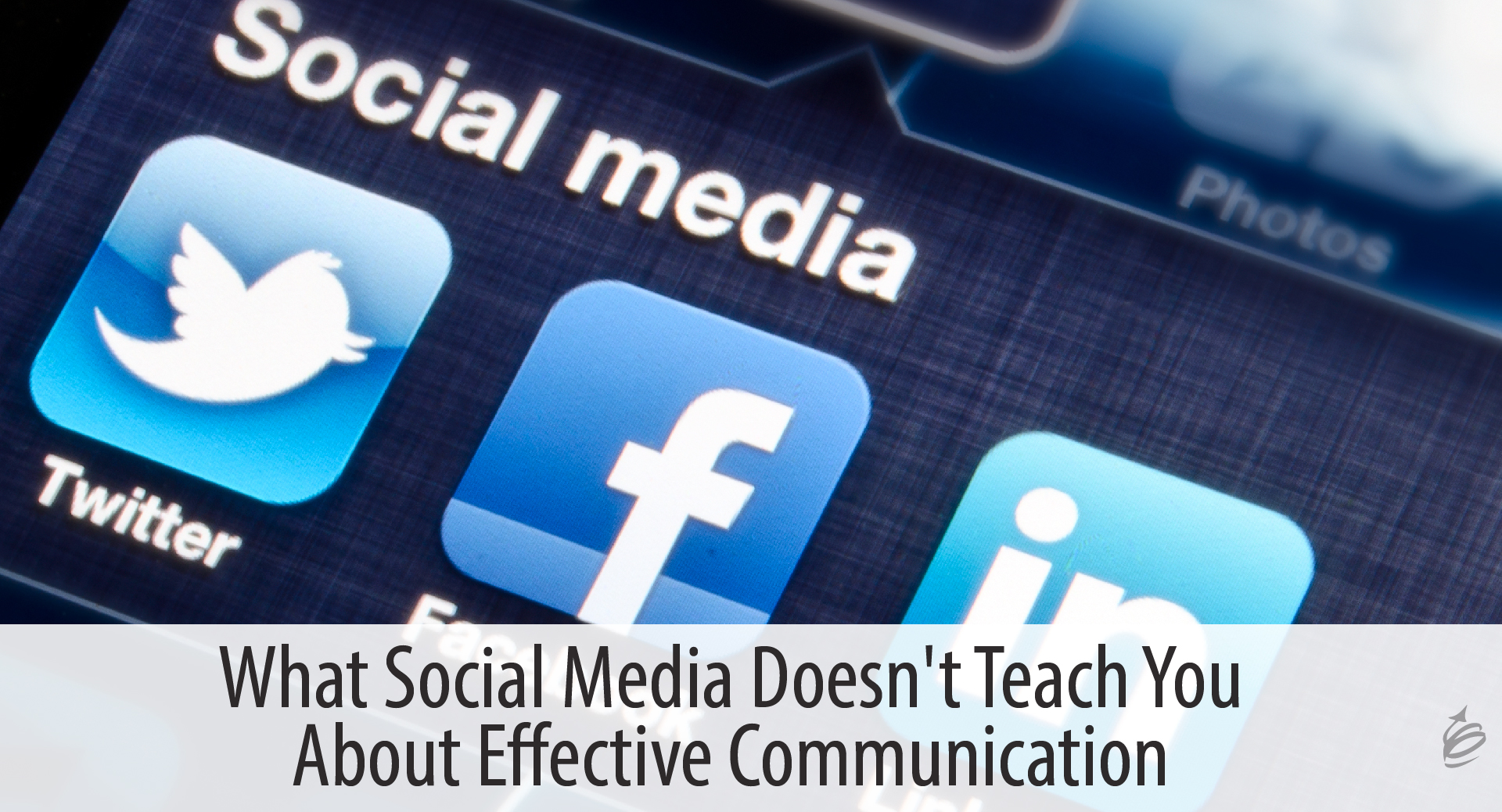 The pandemic turned work-life on its head. We’re caught in the tumble load of a never-ending workday, pinballing between Zoom and Slack, duking it out with the family for WiFi, dishes piling up around us in our office … er … kitchen, and just trying to hold it together while we just. take. a. minute. to. remember. what. day. it. is.
The pandemic turned work-life on its head. We’re caught in the tumble load of a never-ending workday, pinballing between Zoom and Slack, duking it out with the family for WiFi, dishes piling up around us in our office … er … kitchen, and just trying to hold it together while we just. take. a. minute. to. remember. what. day. it. is.
It’s a high-stress moment. That stress shows up at work, especially in how we talk to each other. Indeed, more than one-third of us has been on the receiving end of toxic workplace communication since the lockdown started, with almost 20 percent experiencing hostility related to how we’re balancing work and life at the moment.
If there were ever a time for us to pull together and be more empathetic, it’s now. Here’s your checklist for how you can get started in your next email, chat message or video conversation.
- Be clear. The most empathetic thing you can do for your colleagues is communicate clearly. Be short, sweet and very clear. Really knock it out of the park with a quick summary at the beginning of every message. Your co-workers will want to hug you (in a socially-distanced way, of course).
- Get visual. Get visual in your communication. Write with headers, bullets and tables, or speak in 1-2-3 frameworks. Just like the “you are here” indicators on trail maps, these markers will make your message easier for colleagues to understand.
- Lighten up. Co-workers not delivering? Don’t read them the riot act just yet. For all you know, they may have pulled a work all-nighter so they can supervise a child’s Zoom school in the morning. Acknowledge the craziness of the moment and adjust your expectations. Your patience will pay off.
- Respect “off hours.” Hold back on sending emails and chats at night and on weekends, especially if you’re in a senior position. It wigs people out. If you can’t help yourself, start with, “Don’t respond until tomorrow.” And I shouldn’t have to say this, but don’t schedule meetings that go past 5pm.
- Check in. Show empathy by checking in with colleagues. Whether you’re doing so to assure them the work you promised is on the way, make sure they are feeling OK after a heated debate, or ask if they’re back on track following a set-back, checking in shows you care.
- Tell a joke. Defuse tension with humor. Be careful with sarcasm or jokes that don’t translate if you’re part of a global team. Safe (and funny!) topics are terrible puns, movie lines, animal memes, Dad (or Mom!) jokes, and self-deprecation. Nothing brings a team together like an epic Slack thread of escalating puns.
- Write inclusively. Check your messages for bias against race, ethnicity, gender, sexual orientation, age, disability and more. Even a “years of experience” requirement in your job description can turn off otherwise great female candidates or candidates of color. Check out our diversity and inclusion glossary.
- Mind your words. Be mindful of the words you say and write. Healthy communication is empathetic communication. Avoid passive aggressive, disrespectful or unkind statements. And when you do confront a colleague, use an “I” statement (and, no, “I feel like you’re a big jerk” doesn’t count!).
- Absorb the shock. When nastiness comes your way, don’t pass it to the next guy. Meditate, do yoga, go for a run or call a friend if you have to, but absorb the shock so it stops with you. And make sure your messages are positive and full of good karma.
- Assume the best. When you’re not face-to-face, it’s easy to misinterpret someone’s tone and even feel attacked. Resist the urge to clap back, and instead assume the person has the best intentions. Respond from the standpoint that you both want the same things and are working toward a common goal.
- Pick up the damn phone. If you’re unsure about someone’s written tone, pick up the phone and ask what’s going on. Listen and ask questions. Try to put yourself in their shoes, even if they’re being critical of you. When you’re “live” (either face-to-face or at least voice-to-voice), it’s hard to stay angry.
- Figure out the “meta.” When someone questions or challenges you, figure out the “meta”, or what’s behind their resistance. Simply saying, “I hear you that [summary of what they said]. Is your concern that [possible meta-issue]?” can disarm them and get them to share what’s really on their mind.
- Say why. Don’t underestimate the importance of saying why. When sharing an idea, asking for help with a project, or answering a question, give the “why” behind it. For example, if you’re recommending the company pursue a new market, hearken to the broader company goal that course of action will achieve.
- Give credit. Show empathy by really seeing the work your colleagues do. Use your voice to elevate their contributions. There is a strong tie between gratitude and happiness, so you will not only give them the kudos they deserve, but you’ll make yourself more joyful in the process – a win-win! 🙂
- Be vulnerable. Don’t be afraid to be vulnerable in service of building empathy. Exposing your own weakness helps to build trust, making others more open to your message and willing to share their own thoughts.
- Codify empathy. Don’t just be one-off empathetic. Work with your colleagues to codify it in your company culture. Get on the same page about voice, tone and behavior norms. Then, make them stick by codifying them in your employee guidelines and brand styleguide.
About the author
May Habib is co-founder and CEO of Writer, an AI writing assistant for teams.





 The frustration is real. You say things, share things, and communicate important messages, and it seems to fall on deaf ears. Have you ever wondered why people aren’t listening to you? Have you ever considered that it might not be about them at all?
The frustration is real. You say things, share things, and communicate important messages, and it seems to fall on deaf ears. Have you ever wondered why people aren’t listening to you? Have you ever considered that it might not be about them at all?
 The experts say we begin hearing sounds at the 18th week of pregnancy, and we are able to hear well from the moment we are born. Given that, you could say we have been listening our whole lives. But there is a difference between being able to hear and listening. And there is an even bigger difference between being able to listen and choosing to. How often do you listen like you mean it?
The experts say we begin hearing sounds at the 18th week of pregnancy, and we are able to hear well from the moment we are born. Given that, you could say we have been listening our whole lives. But there is a difference between being able to hear and listening. And there is an even bigger difference between being able to listen and choosing to. How often do you listen like you mean it?




 We all communicate in a variety of ways every day. The fact is human beings are born to communicate. And the number of ways we can communicate has never been greater than today. In fact, some of our most prevalent communication mediums today didn’t exist twenty years ago. Unfortunately (though probably predictably), an abundance of tools hasn’t necessarily made us better communicators. My case in point today? Social media. Let’s explore what we can learn about effective (or not) communication from social media.
We all communicate in a variety of ways every day. The fact is human beings are born to communicate. And the number of ways we can communicate has never been greater than today. In fact, some of our most prevalent communication mediums today didn’t exist twenty years ago. Unfortunately (though probably predictably), an abundance of tools hasn’t necessarily made us better communicators. My case in point today? Social media. Let’s explore what we can learn about effective (or not) communication from social media.